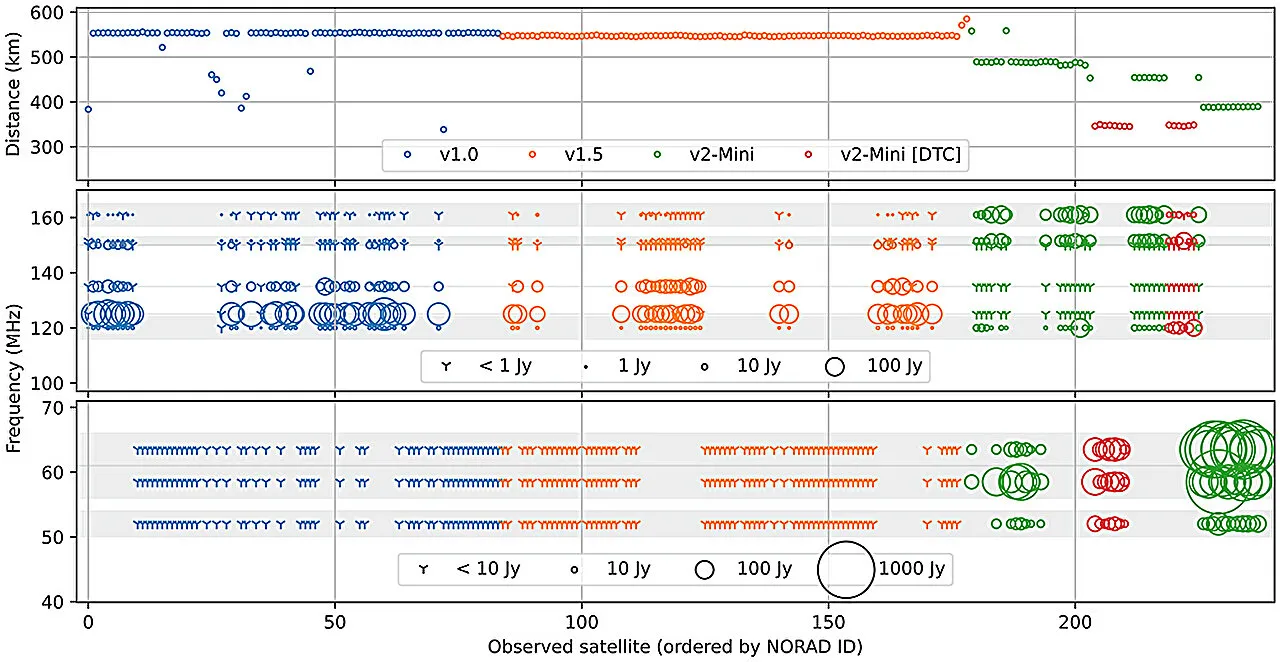Exploring the Technology News on Second-Gen Starlink Satellites and Their Physics Implications

The Impact of Second-Gen Starlink Satellites
Recent reports in science news indicate that second-generation Starlink satellites are causing a serious issue for astronomical studies. These satellites emit radio interference that is 30 times greater than their predecessors, which could significantly impact observations of the cosmos.
Physics and Radio Interference
Physics experts emphasize the danger this poses, as the mobility and technological advancements in satellites intersect with the integrity of astronomical research. Key observations made using the LOFAR (Low Frequency Array) radio telescope have highlighted the unintended consequences of these technologies.
- Radio waves: Unwanted emissions from current satellite technology
- Nanotech materials: Innovations that might counteract interference
- Future implications: How science may adapt to these challenges
This article was prepared using information from open sources in accordance with the principles of Ethical Policy. The editorial team is not responsible for absolute accuracy, as it relies on data from the sources referenced.